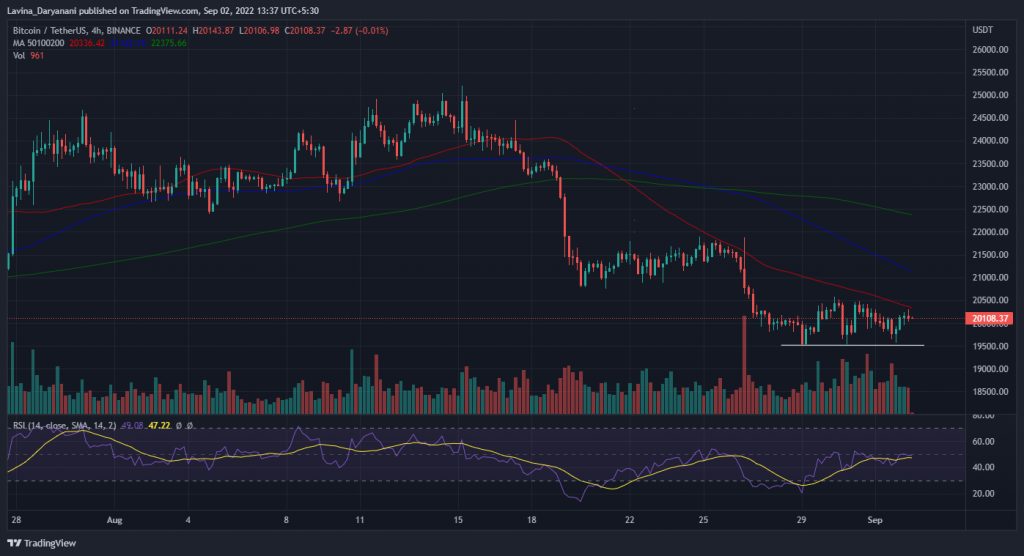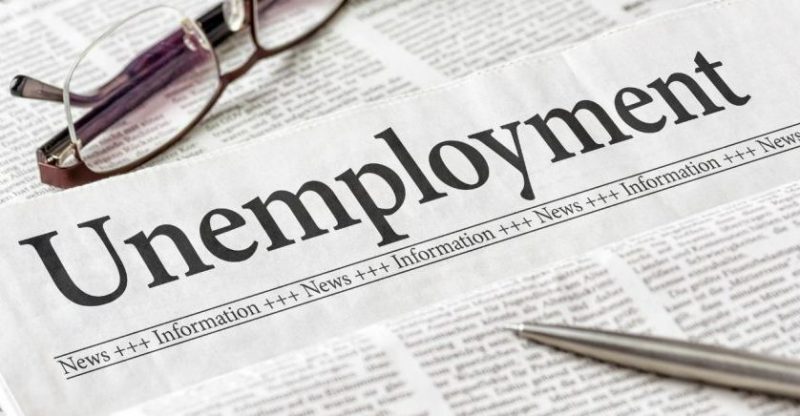Since 29 August, Bitcoin has been consolidating. The $19.5k level has acted as strong support and has sustained the price of the largest crypto asset. Even so, BTC has been chiefly trading below most of its crucial averages on the daily.
As illustrated below, the 50 MA—around $20.3k—has acted like a roadblock for BTC. However, we might soon have a make-it or break-it moment.
Over the past few months, Bitcoin has been quite receptive to developments taking place on the macro landscape, and on Friday, one such dataset was published.


The US just released its unemployment figures, and the number was to 3.7%, the highest since February this year. On the contrary, it added 315,000 jobs in August, more than forecast.
Elaborating on the same, US Bureau of Labor Statistics noted,
“Total nonfarm payroll employment increased by 315,000 in August, and the unemployment rate rose to 3.7 percent. Notable job gains occurred in professional and business services, health care, and retail trade.
Here it is worth noting that in mid-August, President Biden had tweeted,
“Since the start of my presidency, my economic plan has helped create 9.5 million jobs, reach a 50-year record low unemployment rate, and achieve zero percent inflation in July.”
Per stalwarts like Washington Times’ Tim Young, however,
“People going back to the jobs they lost because the government wouldn’t let them go to work is NOT “creating jobs.”
Notably, the national unemployment rate stood at 3.5% in July 2021. Per the US Bureau of Labor Statistics, nonfarm payroll employment increased in 20 states, decreased in 2 states, and was essentially unchanged in 28 states and the District of Columbia in July 2022.
The latest data release will play a role in deciding if the Fed will deliver a third 75 basis point increase later this month or bring it down to 50 basis point. Speaking to CNBC, Kansas City Federal Reserve president Esther George said,
“Those higher rates could lead to higher joblessness and are already starting to crimp household and business spending, but the central bank will not flinch from tighter policy.”





